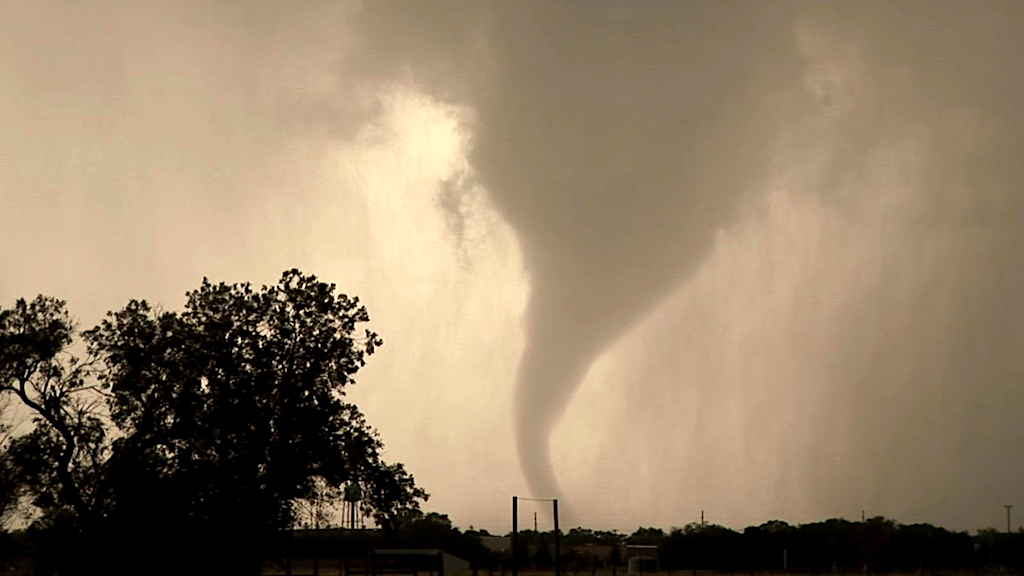How Deadly Super Tornadoes Are Formed
Stephanie Sammann of Real Science looks at how deadly super tornadoes are formed, the extent of their devastation, where they most often occur, and how scientists are working to predict where and when they will hit.
As you stand at your window, looking out at a sky filled with dark clouds that are pouring down sheets of rain and hail, suddenly it happens: A twisting column of gray descends from the cloud. At first, it's just hanging there, suspended above the land. But it soon reaches down and makes contact with the ground. At the same time, it turns even darker as it picks up dirt and debris. If you're lucky, you make it to a shelter before you can witness the immense swirling winds pulling up animals, cars, and buildings in its wake.
She first explains how a supercell tornado is born.
When wind at ground level is blowing one direction, and wind higher in the atmosphere is blowing another direction, it can cause a horizontal tube of air to form. Then as warm, humid air rises, and cool air falls the horizontal tube of rotating air can be pushed to become a vertical one, called a vortex, or a mesocyclone, which can have a diameter of 5-20km. At this point, the whole storm starts rotating, and the supercell is born.
She also notes that not only does this occur in the United States, but also why a certain region, known as Tornado Alley, is hit the hardest.
Low pressure systems in the US pull warm, moist air from the Gulf of Mexico and cool, dry air aloft from the Rocky Mountains or the High Desert in the southwest, creating consistent wind shear. The states that fall in between those two regions end up being in the ideal location for severe tornadoes to form.
She also talks about storm chasers incredible bravery and their invaluable contribution to science.
While most people would run from a tornado, it's a storm chaser's job to get in front of it. They set up scientific equipment along what they hope will be its path that will take important measurements as the tornado travels over it. ...we know a lot more than we used to and that's thanks to these incredibly brave individuals. Most of whom are meteorologists, including one of the storm chasers who lost their life in the El Reno tornado. His name was Tim Samaras.

Here's Tim Samaras last video before his death in 2013.